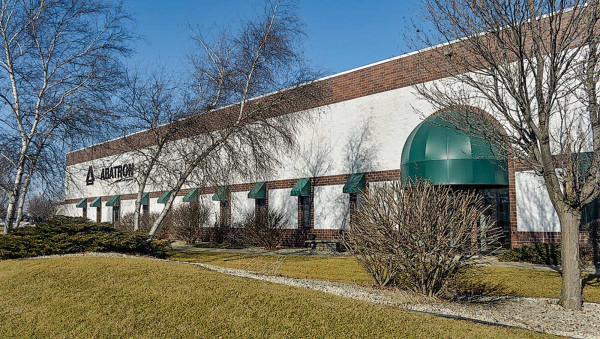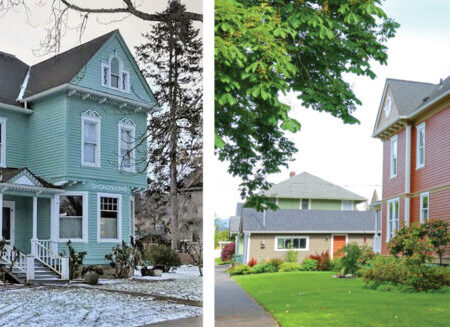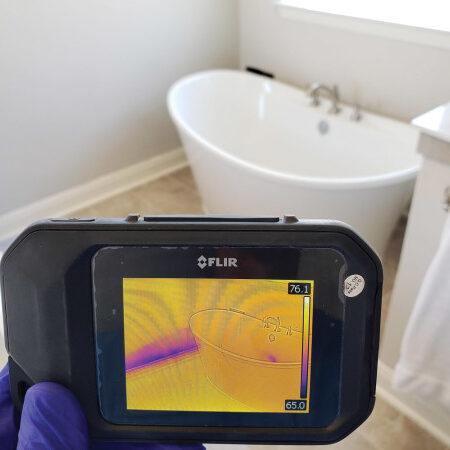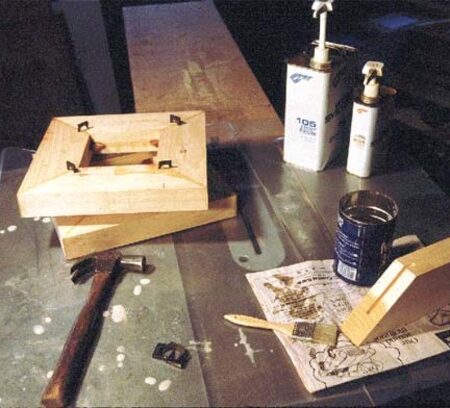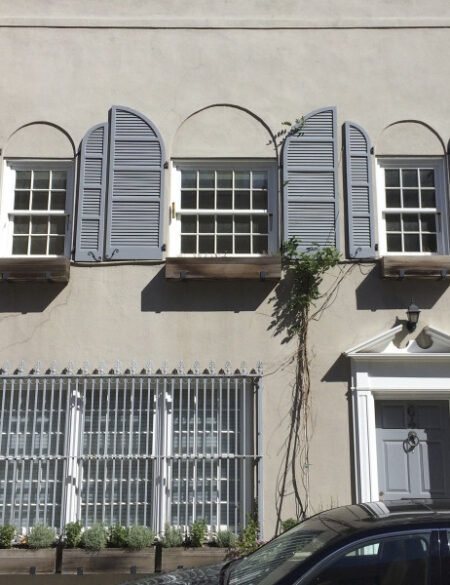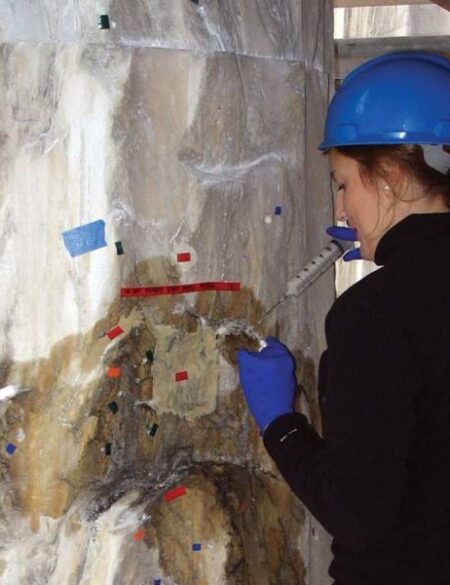This content was originally published on OldHouseOnline.com and has been republished here as part of a merger between our two businesses. All copy is presented here as it originally appeared there.
We take a behind-the-scenes look at Abatron.
Long story short, he invented WoodEpox and LiquidWood, still the signature items for Abatron, a company that specializes in the development and manufacture of epoxies and compounds that can work miracles in wood, concrete, and metal.

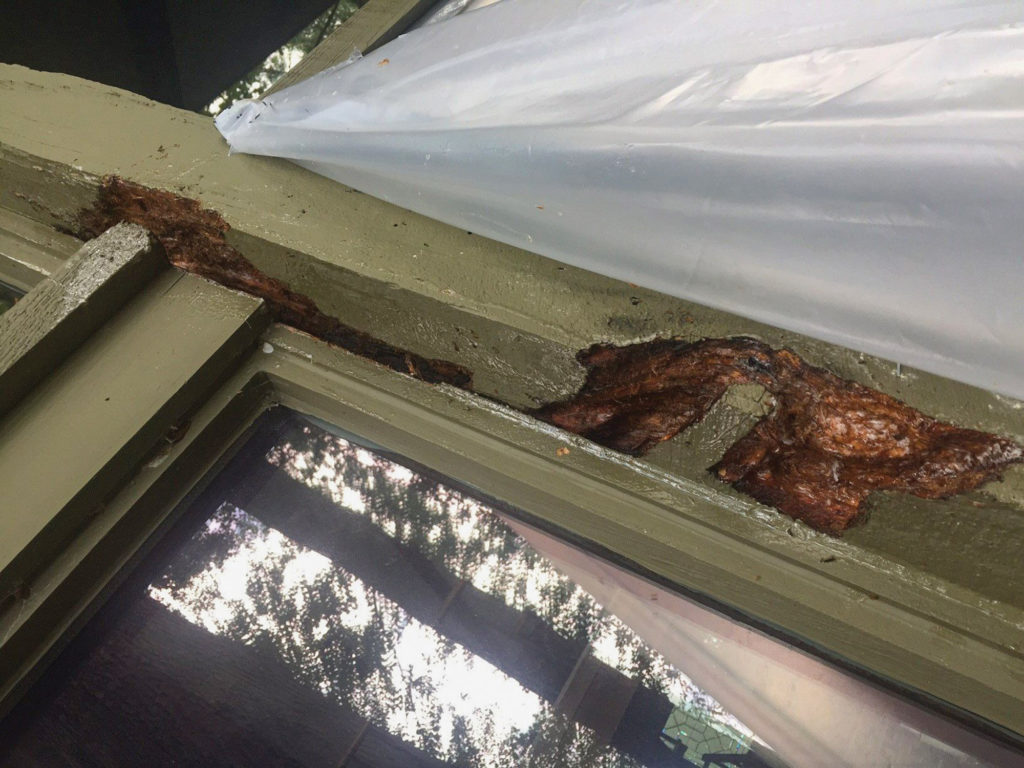


Anyone who’s struggled to patch a rotten windowsill probably has heard of WoodEpox and its comrade in arms, LiquidWood. Both are epoxy systems. “Epoxy is a family of plastic chemicals,“ Caporaso says. “There are two parts, resin and hardener. You put them together and it creates a chemical reaction.“
The resulting medium, whether liquid or a pliable solid, is used to fill voids in wood. As the name implies, LiquidWood is a viscous liquid that can drip into small voids in the substructure. WoodEpox is a more plastic medium (think Play-Doh) for filling larger voids. As long as it’s properly mixed, WoodEpox is especially user-friendly. “If you make a mistake with it, you just sand it off and apply some more,“ explains Marsha Caporaso, who is president of Abatron.
One of the attributes of WoodEpox and LiquidWood is that they don’t release volatile organic compounds, or VOCs. “They don’t harden by evaporation, so they have virtually no VOCs,“ Caporaso says. That’s one reason sales of these GreenGuard-certified products have been so successful, especially in California, which has stringent regulations on harmful chemicals in building products.
All of Abatron’s epoxy and adhesive formulations are closely guarded secrets, so I wasn’t invited inside the factory in Kenosha, Wisconsin. Rest assured, however, that there’s an Abatron epoxy counterpart for just about anything (and any material) that breaks or deteriorates, along with primers, fillers, adhesives, and even colorants for every step of the repair. Of special interest are metal-filled epoxies that can repair or rebuild anything from the kitchen sink to an offshore oil rig, and concrete formulations that include Aboweld, useful for fill voids in concrete. “It resists sagging on a vertical surface, even without reinforcement,“ says Caporaso. Read how Abatron products helped restore a porch roof.

